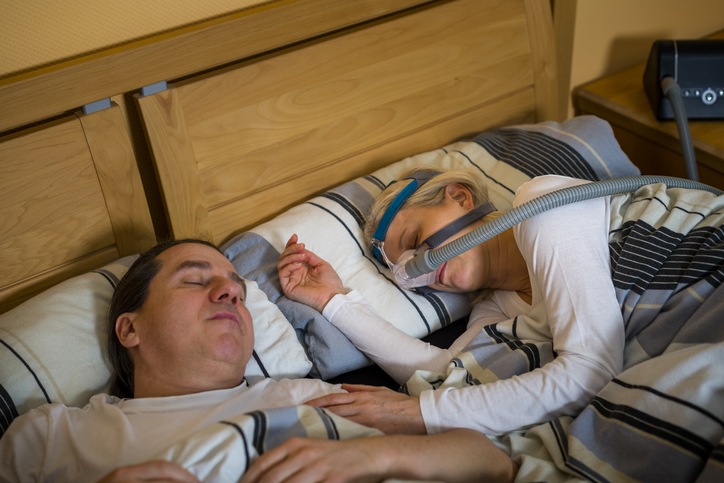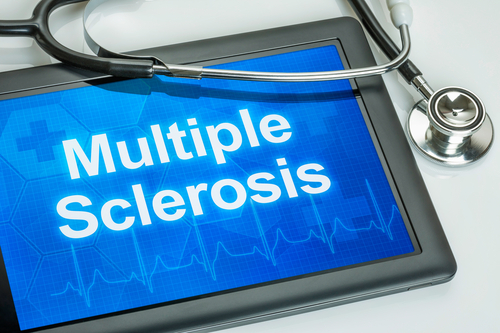
A retrospective study analyzed MRI abnormalities in patients with multiple sclerosis (MS) that may be correlated with obstructive sleep apnea (OSA).
OSA affects between 2% and 16% of the general population and is believed to be much more prevalent among patients with MS. In these patients, OSA may result in neurocognitive complaints, decreased quality of life, and fatigue—which affects the majority of patients with MS (up to 90%) and could be worsened by OSA.
The apnea-hypopnea index (AHI) is significantly higher in patients with MS who have radiographic evidence of general brainstem involvement versus patients without that, which could signify a relationship between regional brainstem dysfunction and OSA severity.
A chart review was conducted on 65 patients with MS who underwent brain MRI and polysomnography for fatigue. The number of lesions in the brainstem was measured, and the standardized third ventricular width (sTVW) was determined as a measure of brain atrophy. The relationships between the AHI and brainstem lesion location, sTVW, and Expanded Disability Status Scale were examined.
Patients with MS who had OSA, compared with those who did not, were much older and had a higher body mass index, as well as higher AHI measures. In adjusted analyses, AHI was significantly associated with lesion burden in the midbrain (P<0.01) and pons (P=0.05), but no correlation was observed with the medulla.
“Midbrain and pontine lesions burden correlated with AHI, suggesting MS lesion location could contribute to development of OSA,” the study authors concluded.







 © 2025 Mashup Media, LLC, a Formedics Property. All Rights Reserved.
© 2025 Mashup Media, LLC, a Formedics Property. All Rights Reserved.